Yuzu Kosho, a unique condiment rich in Japan's culinary tradition, has been a secret flavor weapon in many Japanese households for generations. This distinctive paste, a fusion of yuzu (a citrus fruit native to East Asia), chili peppers, and salt, is known for its vibrant flavor profile that balances citrus, heat, and a touch of saltiness.

History of Yuzu Kosho
Though various theories exist regarding the origin of Yuzu Kosho, it's widely agreed that its roots can be traced back to the Kyushu region of Japan. Some theories propose that the initial cultivation of yuzu and the creation of Yuzu Kosho happened in Hita, Ōita Prefecture, while others suggest it was first created by Yamabushi (mountain ascetics) on Mount Hiko. Over time, Yuzu Kosho became a staple in Japanese households and eventually gained commercial traction.
Traditionally used in nabemono (hot pot dishes), miso soup, and sashimi, Yuzu Kosho gradually found its way into other culinary applications. Today, it's a popular addition to tsukune (chicken meatballs), udon, tempura, yakitori (grilled skewers), and even innovative dishes like spaghetti, salads, and tonkatsu (breaded, deep-fried pork cutlet).
Meet Kurodakeso's One-Year Aged Yuzu Kosho
At Seatopia, we're excited to introduce Kurodakeso's One-Year Aged Yuzu Kosho, a product that encapsulates the history, tradition, and complex flavors of this beloved condiment.

Kurodakeso's Yuzu Kosho is prepared in Yufuin Asono, a region known for its natural spring water. The production process, spanning over a year, involves meticulously hand-picking yuzu and chili peppers, all of which are pesticide-free and contract-farmed, resulting in a product that is truly premium.

The distinct difference that sets Kurodakeso's Yuzu Kosho apart from others is its aging process. The yuzu kosho is rested for a full year, allowing the ingredients to interact and mature. This not only enhances the flavors but also makes them more balanced and harmonious. The result? A condiment that offers a layered taste experience, with the citrusy notes of yuzu perfectly complemented by the heat from chili peppers and the depth from Okinawan salt.

How to Make Yuzu Kosho
If you're intrigued by this unique condiment, here's a basic recipe for making Yuzu Kosho at home:
Ingredients:
- Yuzu zest from 10 yuzus
- 20 green chili peppers
- 2 tablespoons of salt
Instructions:
- Remove the seeds from the chili peppers and chop them finely.
- Combine the chopped chili peppers with the yuzu zest and salt.
- Mix everything well until you get a consistent paste.
- Transfer the mixture into a clean jar and let it ferment for a couple of weeks in the fridge.

Kurodakeso's One-Year Aged Yuzu Kosho: A Must-Try Culinary Experience
With its unique blend of flavors and tradition, Kurodakeso's One-Year Aged Yuzu Kosho is a must-try for any food enthusiast. Its versatile nature makes it perfect for enhancing any dish, whether you're a sushi lover or looking to add a new twist to your favorite recipes. So why not experience this traditional Japanese condiment and elevate your culinary adventure? Try Kurodakeso's One-Year Aged Yuzu Kosho from Seatopia today!


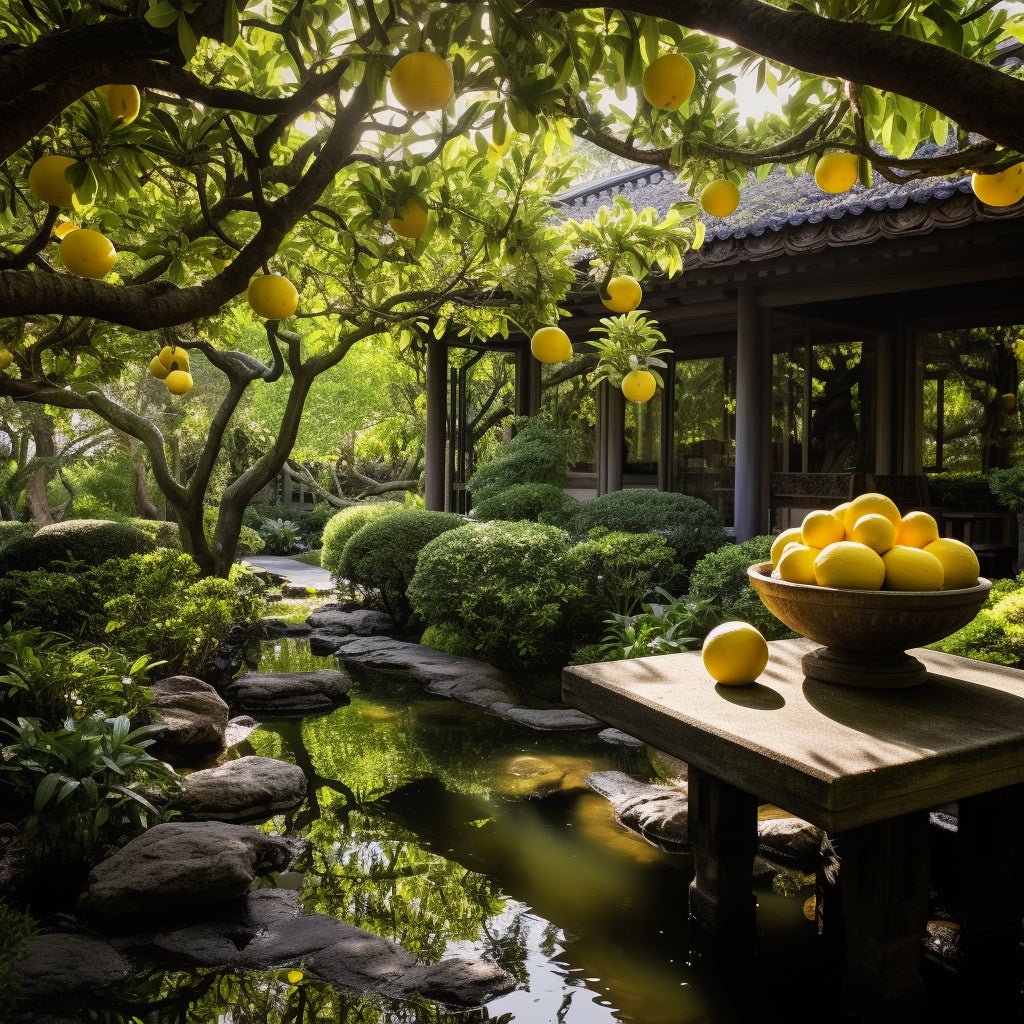

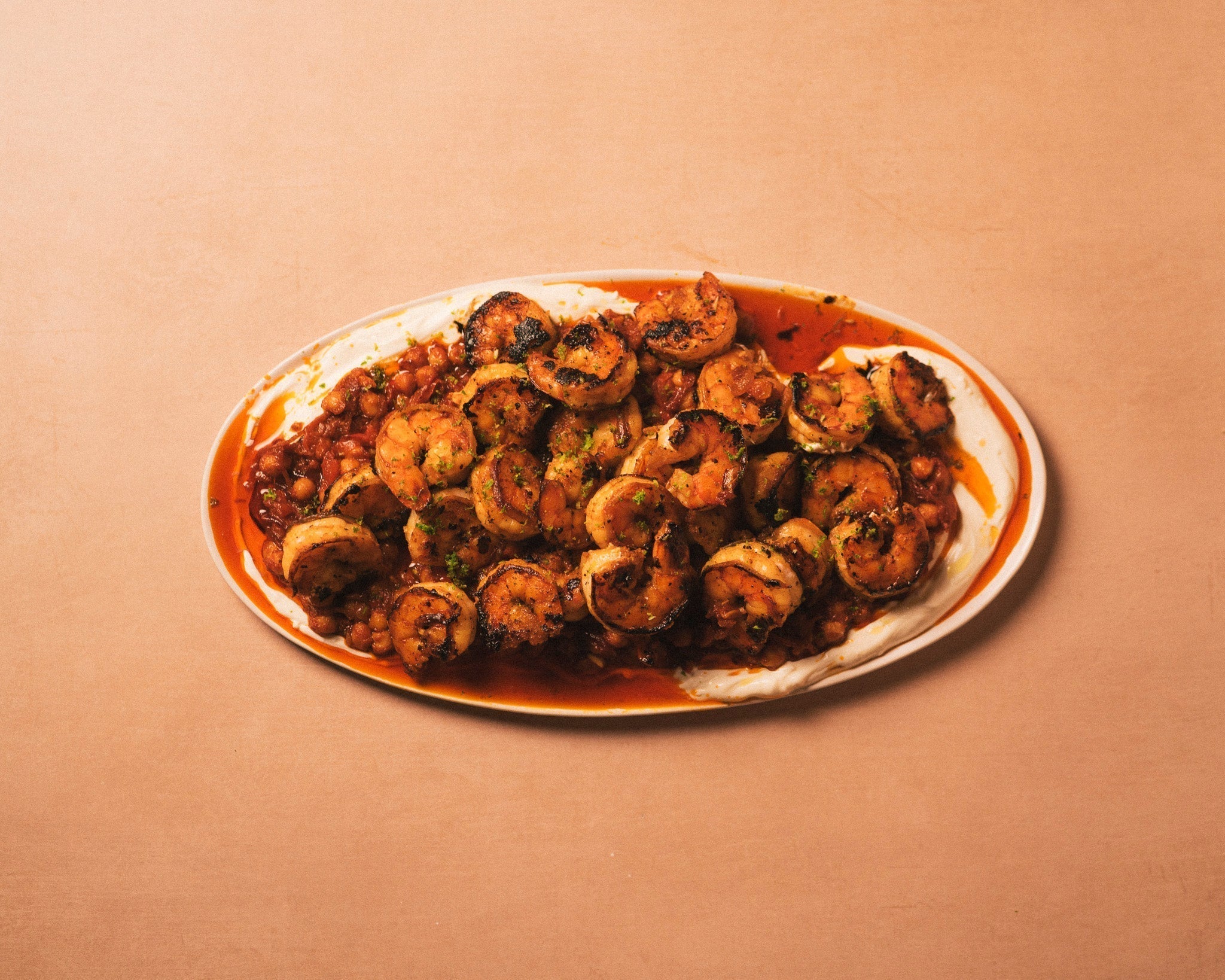
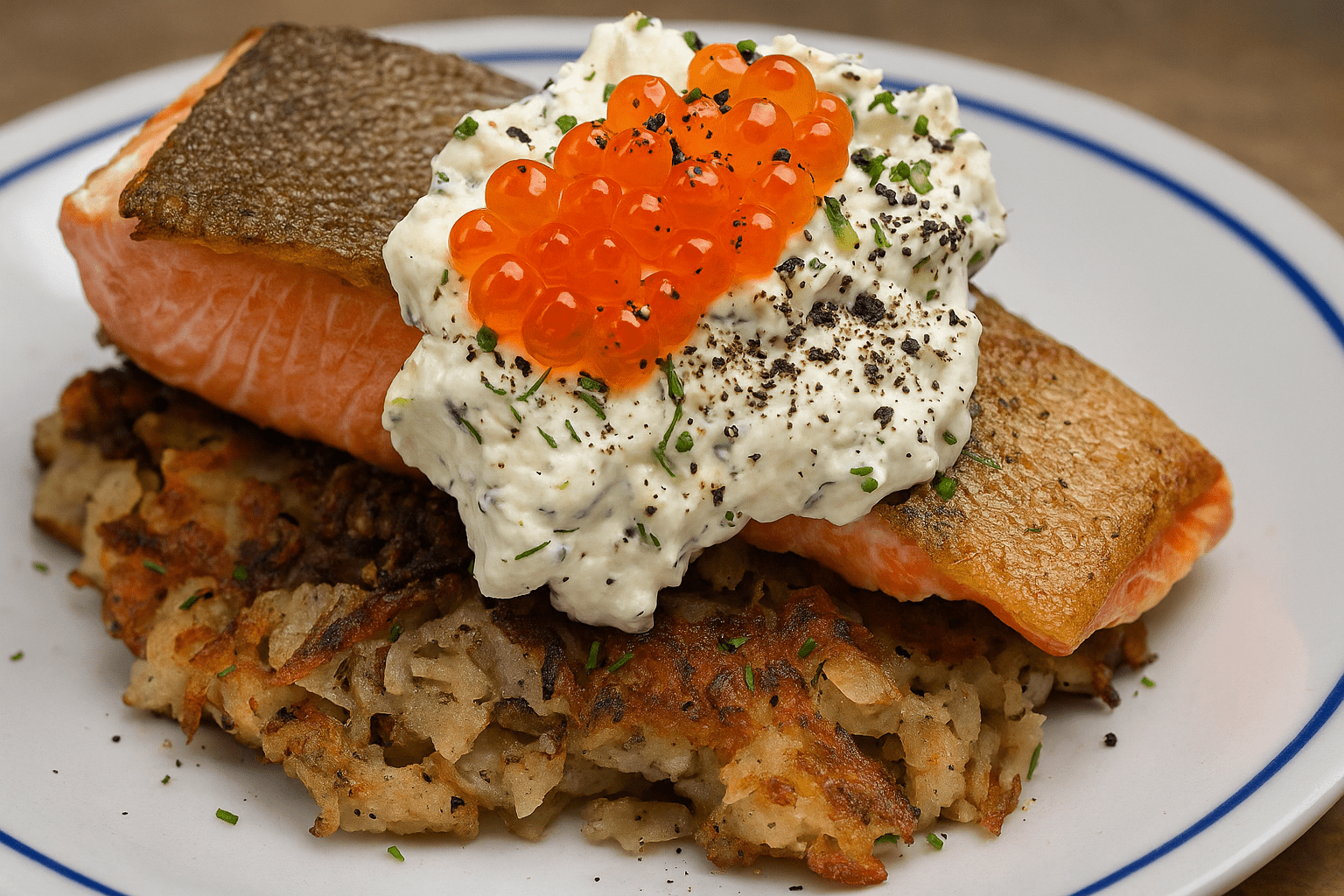
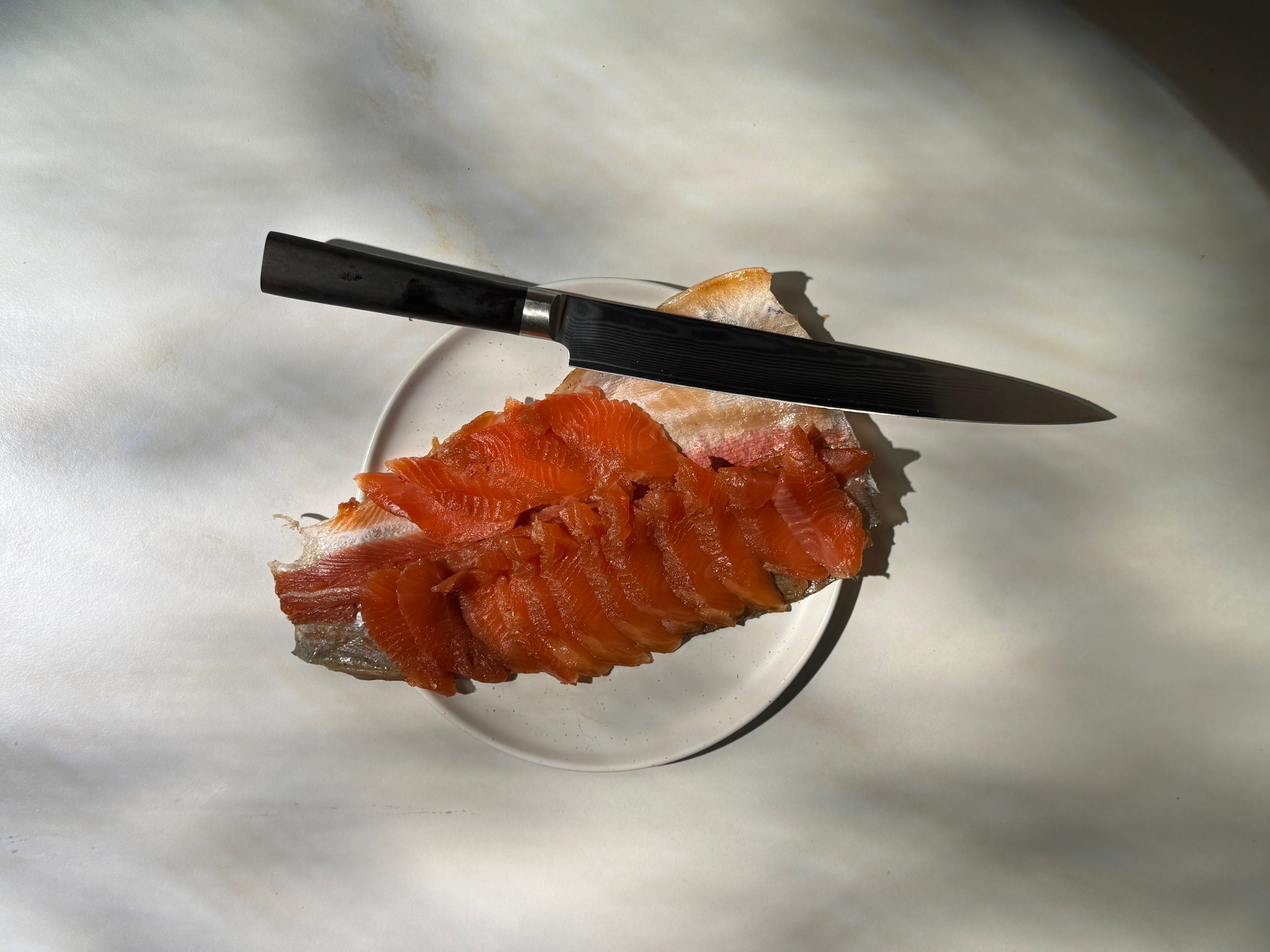
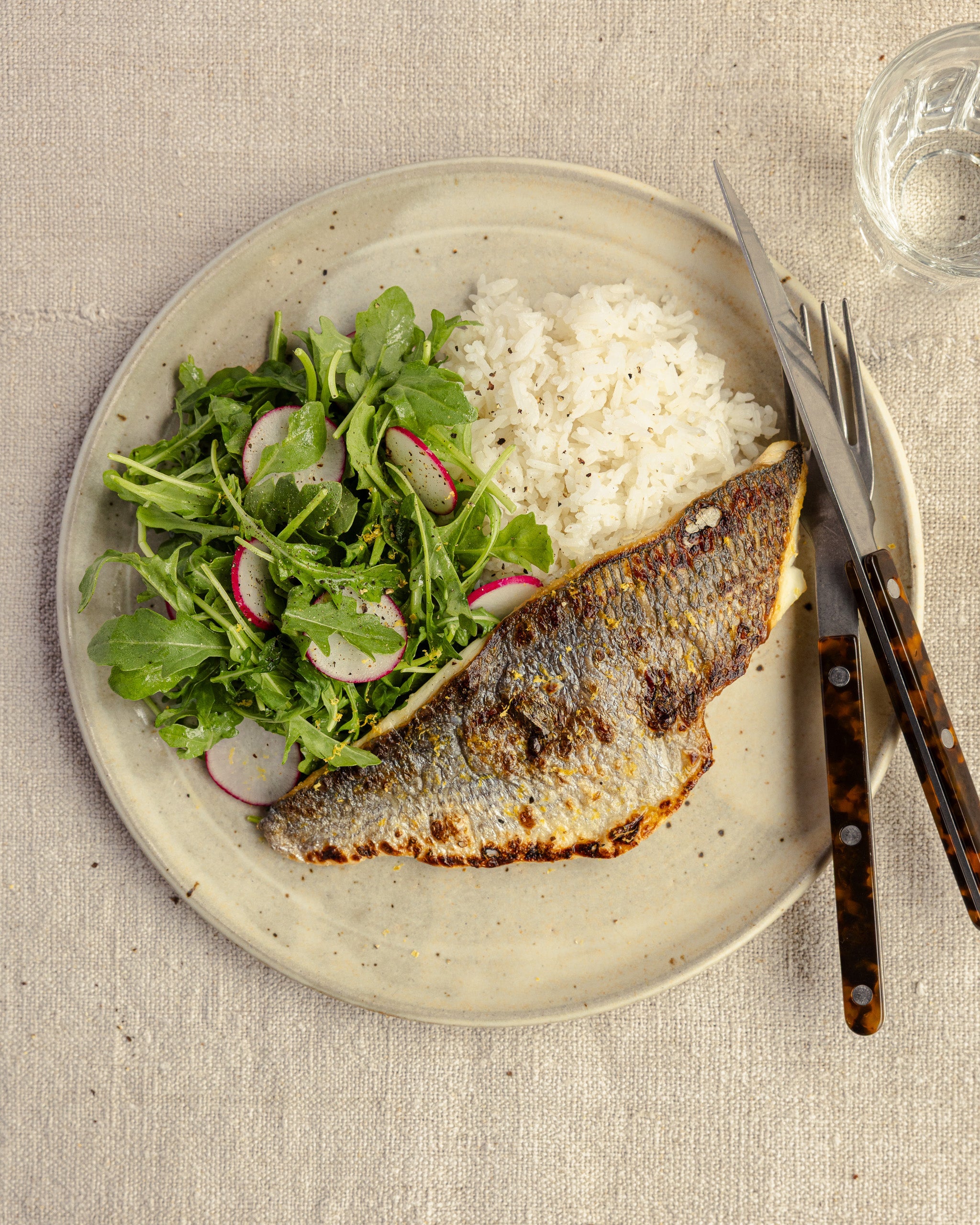


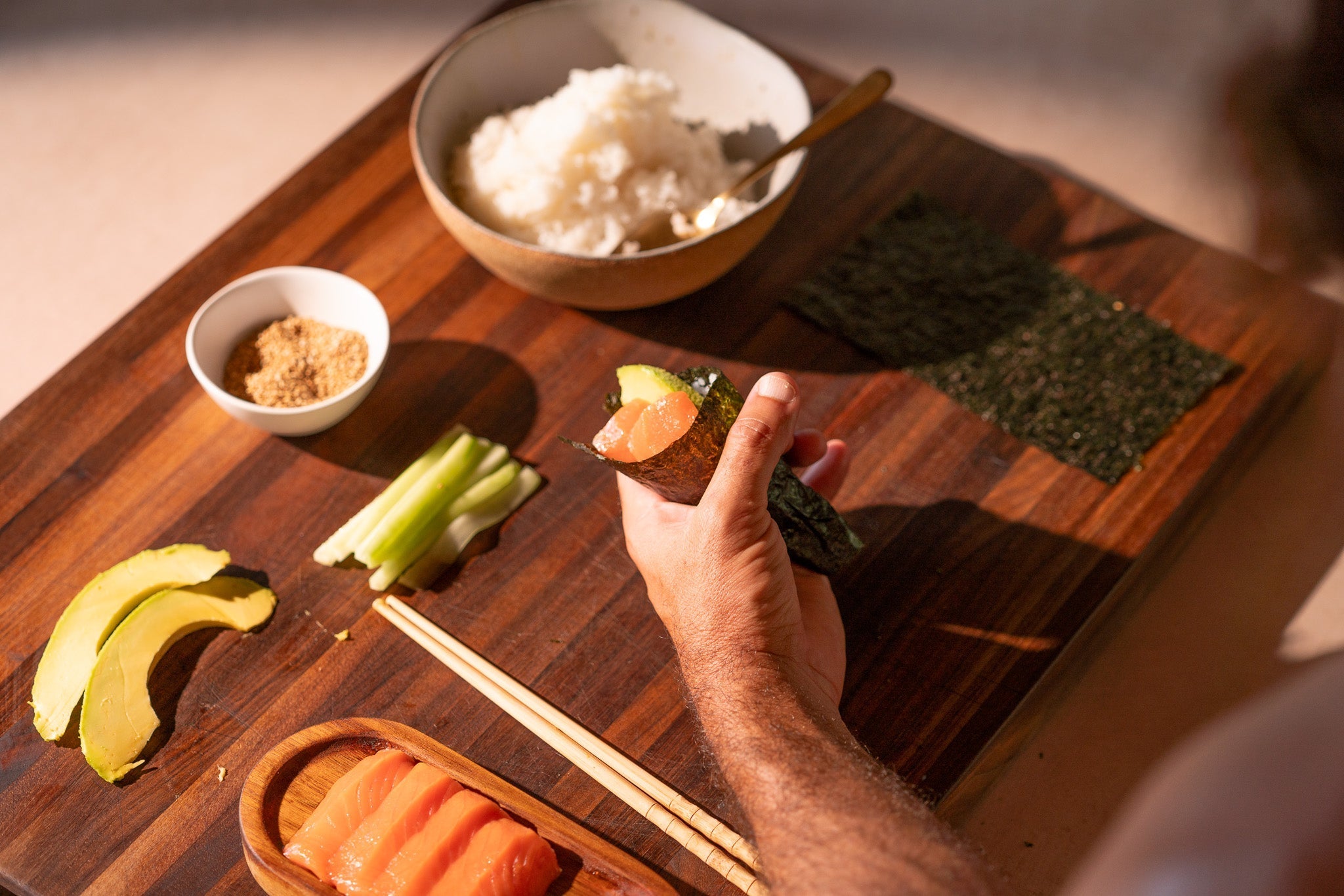
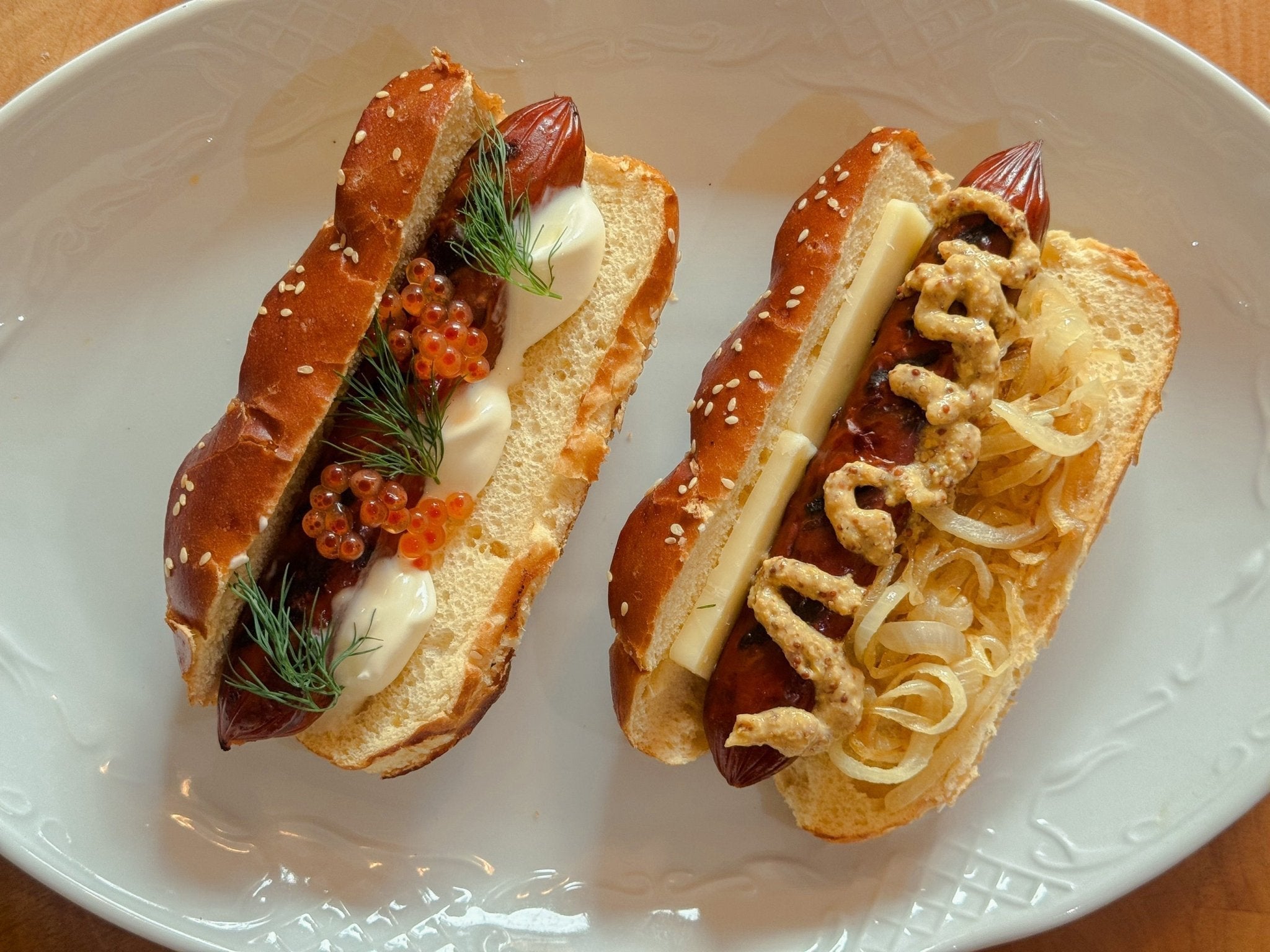
Share:
From Sailing to Sustainability: A Seven-Chapter Odyssey to Regenerate Our Oceans
James Arthur Smith @ Seatopia Bringing Regenerative Seafood Direct To Consumers